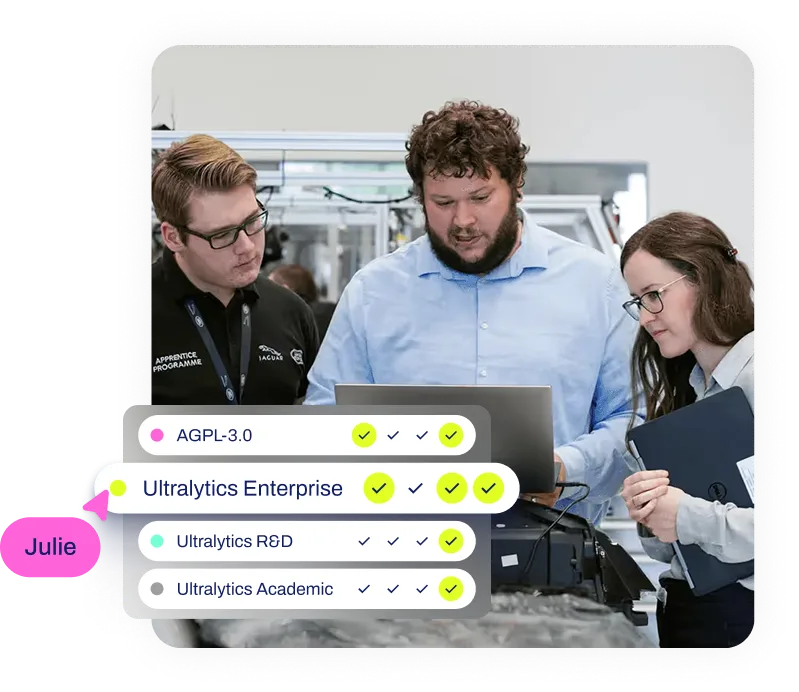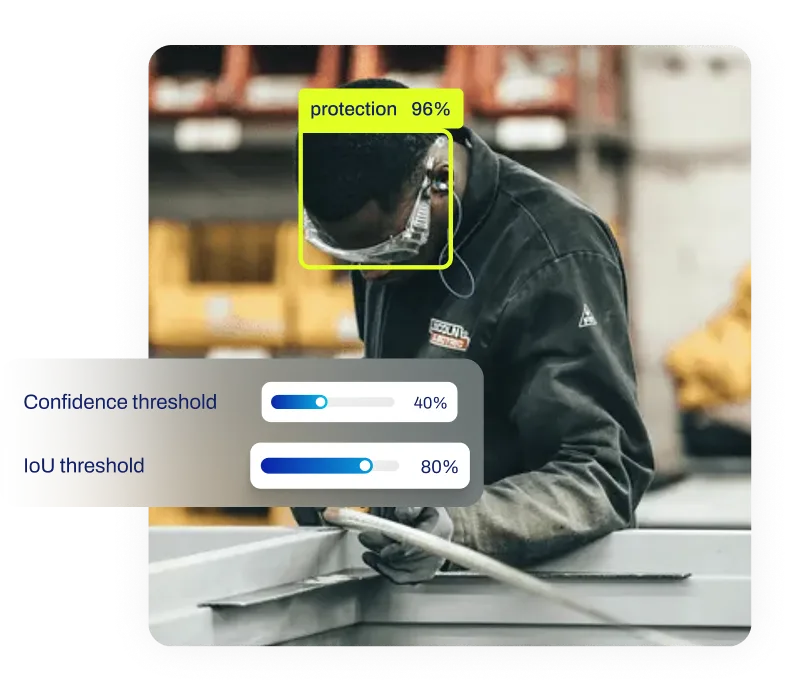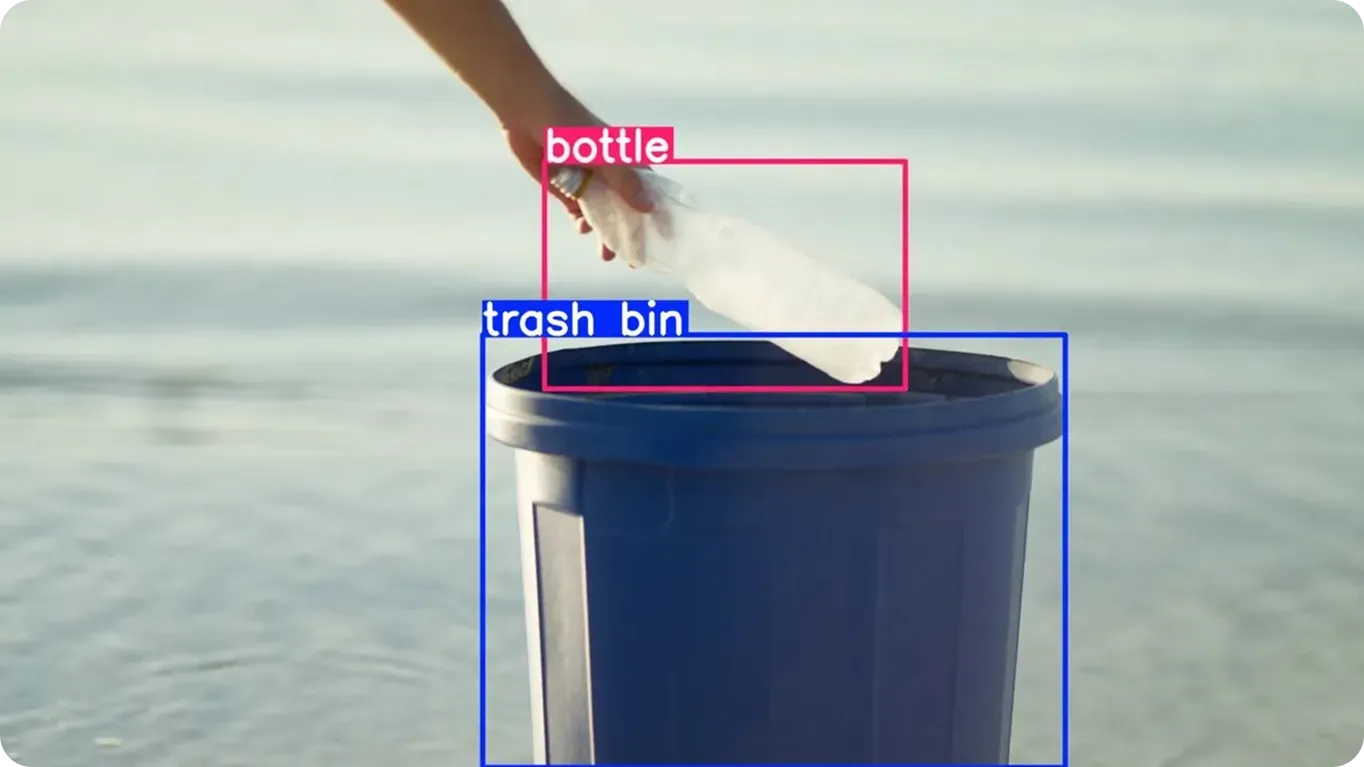Spiking Neural Network
Discover Spiking Neural Networks (SNNs): event-driven, low-power models for temporal data and edge AI. Learn how SNNs enable real-time, efficient sensing.
A Spiking Neural Network (SNN) is a sophisticated type of
neural network architecture designed to mimic the
biological processes of the human brain more closely than traditional models. Unlike standard
Artificial Neural Networks (ANNs), which process
information using continuous numerical values, SNNs operate using discrete events known as "spikes." These
spikes occur at specific moments in time, allowing the network to process information in a sparse, event-driven
manner. This methodology aligns with the principles of
neuromorphic computing, a
field dedicated to creating computer hardware and software that emulates the neural structure of the nervous system.
By leveraging timing and sparsity, SNNs offer significant improvements in energy efficiency and latency, making them
particularly valuable for resource-constrained environments like
edge AI.
Mechanics of Spiking Neural Networks
The fundamental operation of an SNN revolves around the concept of membrane potential. In this model, a neuron
accumulates incoming signals over time until its internal voltage reaches a specific threshold. Once this limit is
breached, the neuron "fires" a spike to its neighbors and immediately resets its potential—a mechanism often
described as "Integrate-and-Fire." This contrasts sharply with the continuous activation functions, such as
ReLU or Sigmoid, found in
deep learning models.
Because neurons in an SNN are inactive until stimulated significantly, the network operates with high sparsity. This
means that at any given moment, only a small fraction of the neurons are active, drastically reducing power
consumption. Furthermore, SNNs incorporate time as a core dimension of learning. Techniques like
Spike-Timing-Dependent Plasticity (STDP)
allow the network to adjust connection strengths based on the precise timing of spikes, enabling the system to learn
temporal patterns effectively.
Comparison with Other Architectures
To fully grasp the utility of SNNs, it is helpful to distinguish them from widely used
machine learning architectures:
-
Artificial Neural Networks (ANNs): Traditional ANNs process data in synchronized layers using continuous floating-point numbers. While highly
effective for static tasks, they are often less efficient than SNNs for processing real-time temporal data due to
their constant computational overhead.
-
Convolutional Neural Networks (CNNs): CNNs excel at spatial feature extraction for
image recognition and object detection, often
utilizing frame-based inputs. SNNs, conversely, are ideal for processing dynamic, asynchronous data streams from
event cameras, though modern research often combines CNN structures with spiking mechanisms.
-
Recurrent Neural Networks (RNNs): While RNNs and LSTMs are designed for sequential data, they can suffer from high latency and computational cost.
SNNs inherently handle temporal sequences through spike timing, offering a lower-latency alternative for tasks
requiring rapid reflexes, such as
robotics control.
Real-World Applications
The efficiency and speed of Spiking Neural Networks make them suitable for specialized high-performance applications.
-
Neuromorphic Vision and Sensing: SNNs are frequently paired with
event-based cameras
(dynamic vision sensors). Unlike standard cameras that capture frames at a fixed rate, these sensors record changes
in pixel intensity asynchronously. SNNs process this data to perform ultra-low-latency
object detection, allowing drones or autonomous
agents to react to fast-moving obstacles in microseconds.
-
Prosthetics and Brain-Computer Interfaces: Due to their similarity to biological biological
systems, SNNs are used to decode neural signals in real-time. Researchers utilize these networks to interpret
electrical signals from the brain to control
robotic limbs with greater precision and natural
fluidity compared to traditional algorithms. This application highlights the potential of
bio-inspired AI in medical technology.
Current Challenges and Tools
While promising, SNNs present challenges in training because the "spiking" operation is non-differentiable,
making standard backpropagation difficult to apply
directly. However, surrogate gradient methods and specialized libraries like
snntorch and Nengo are
bridging this gap. Hardware innovations, such as
Intel's Loihi 2 chip, provide the physical
architecture necessary to run SNNs efficiently, moving away from the von Neumann architecture of standard
CPUs and
GPUs.
For users interested in the behavior of a spiking neuron, the following code demonstrates a simple "Leaky
Integrate-and-Fire" mechanism using PyTorch,
simulating how a neuron accumulates voltage and spikes:
import torch
def lif_step(input_current, membrane_potential, threshold=1.0, decay=0.9):
"""Simulates a single step of a Leaky Integrate-and-Fire neuron."""
# Decay potential and add input
potential = membrane_potential * decay + input_current
# Fire spike if threshold reached (1.0 for spike, 0.0 otherwise)
spike = (potential >= threshold).float()
# Reset potential after spike, otherwise keep current value
potential = potential * (1 - spike)
return spike, potential
# Example simulation
voltage = torch.tensor(0.0)
inputs = [0.5, 0.8, 0.3] # Input sequence
for x in inputs:
spike, voltage = lif_step(torch.tensor(x), voltage)
print(f"Input: {x}, Spike: {int(spike)}, Voltage: {voltage:.2f}")
As the field of computer vision evolves, the
integration of SNN principles into mainstream models like
YOLO11 could pave the way for hybrid architectures that
combine deep learning accuracy with neuromorphic efficiency. For current state-of-the-art, frame-based detection, you
can explore the Ultralytics YOLO11 documentation.










.webp)

